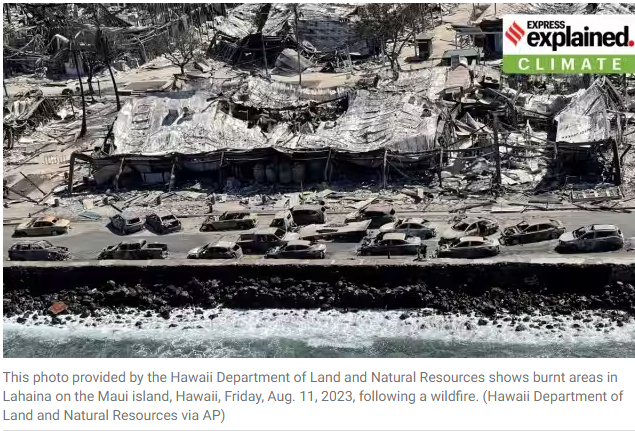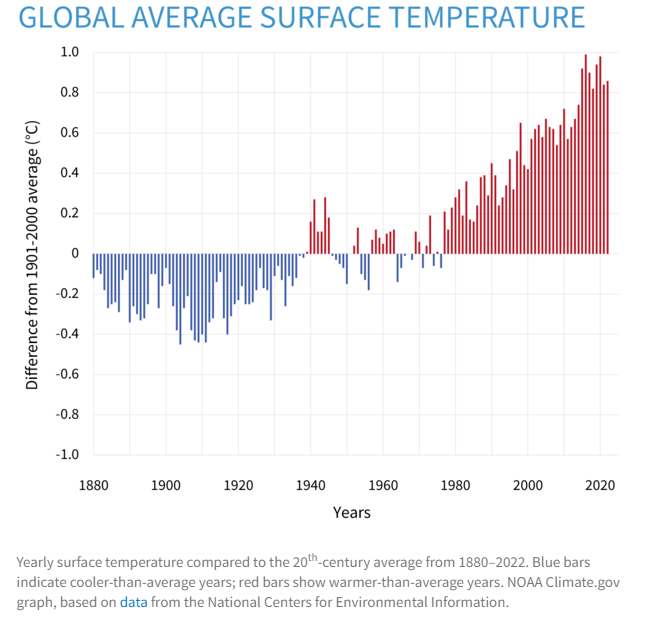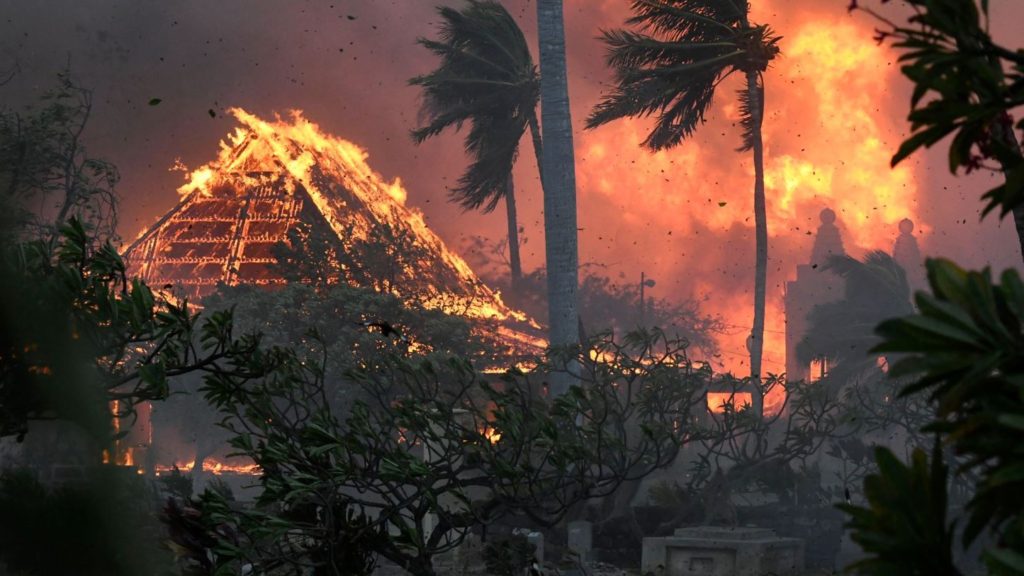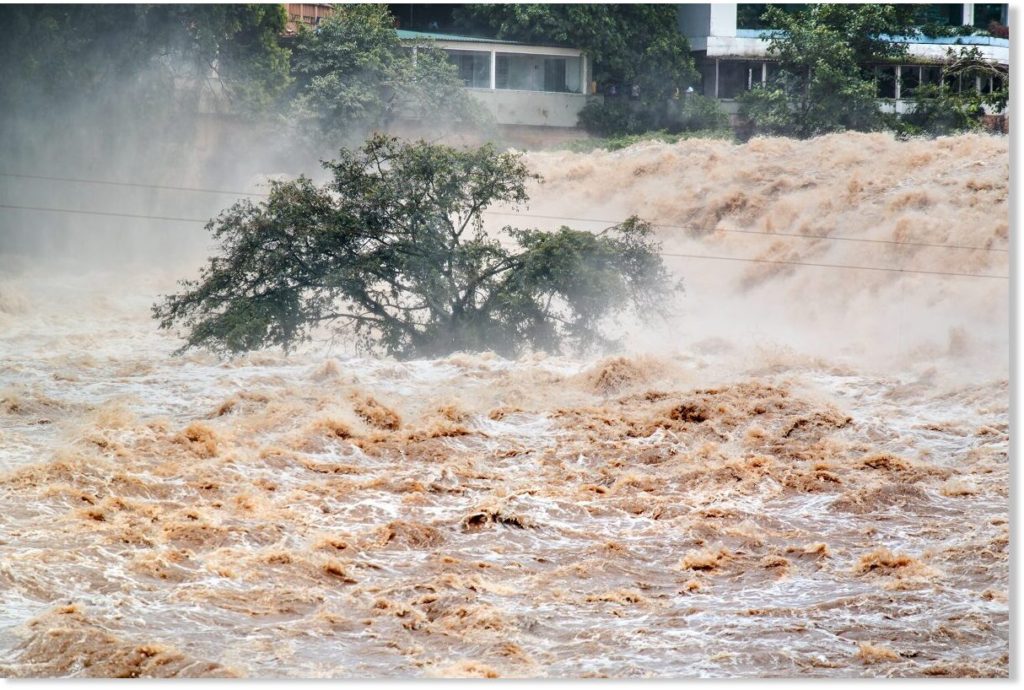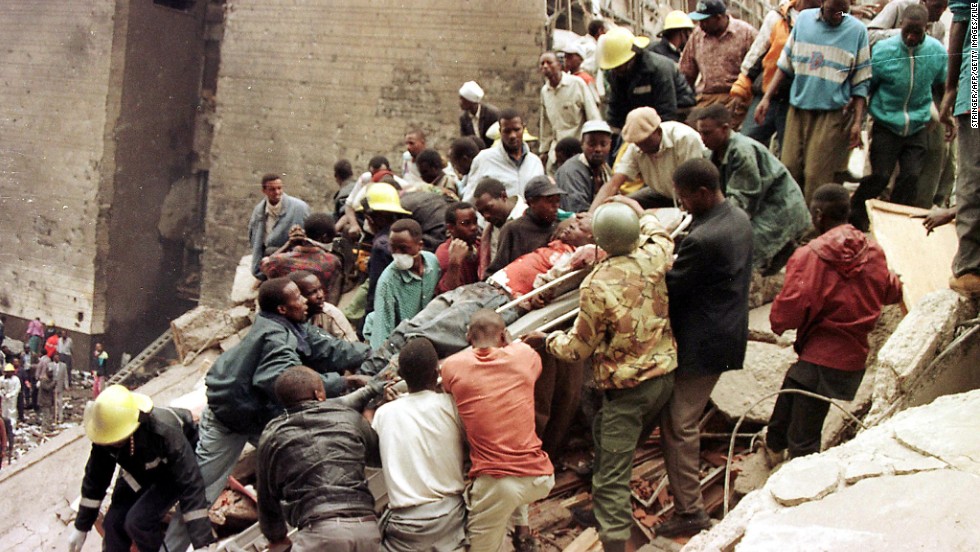Disaster Management in the Face of Climate Change: Analyzing the Hawaii Wildfires
According to a detailed study by The Indian Express, the recent wildfires in Hawaii can be attributed to a potent combination of factors, primarily global warming and potent wind conditions. As global temperatures rise due to climate change, regions like Hawaii are experiencing heightened temperatures and prolonged dry spells. These conditions provide a fertile ground […]
Disaster Management in the Face of Climate Change: Analyzing the Hawaii Wildfires Read More »

